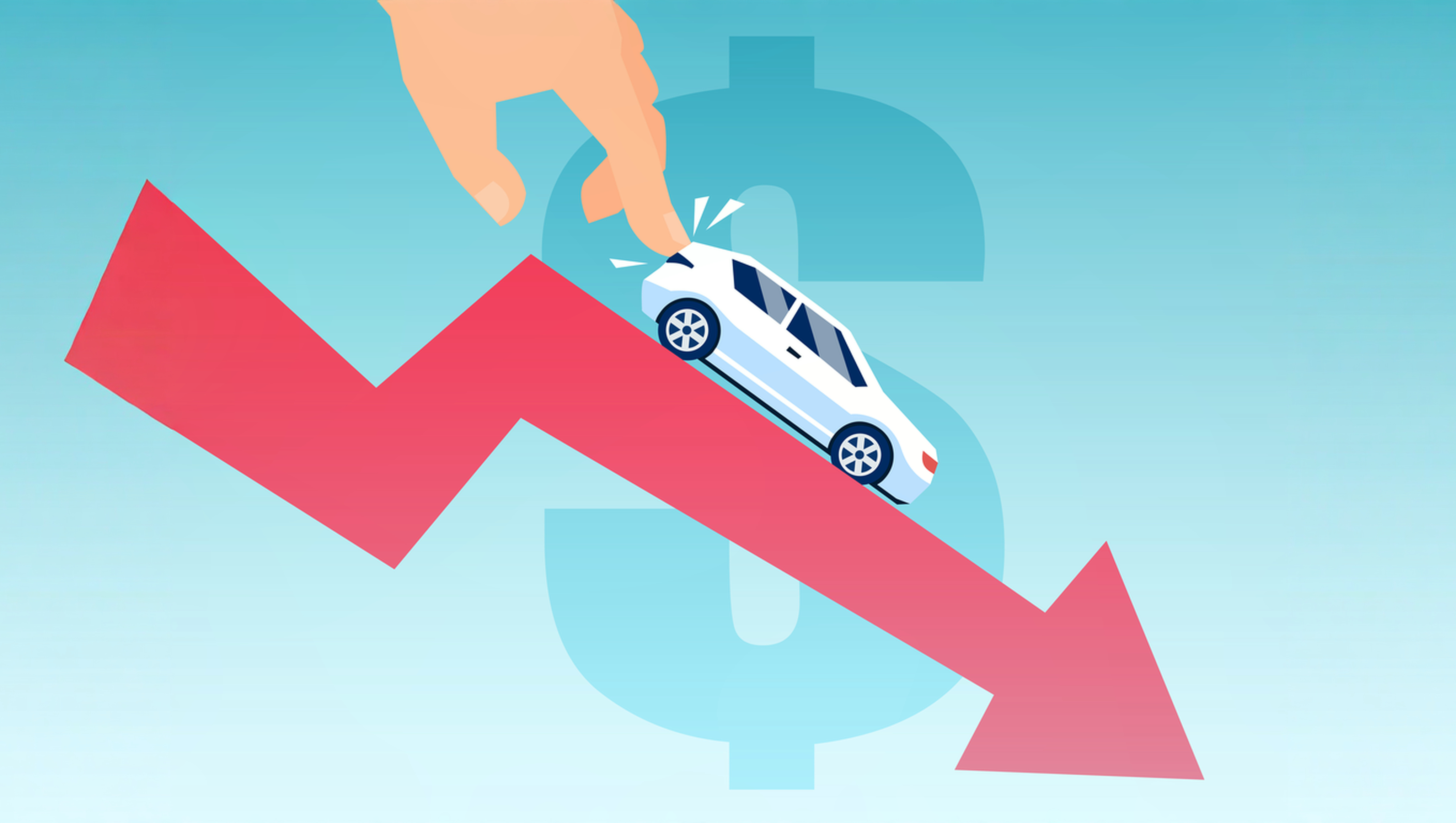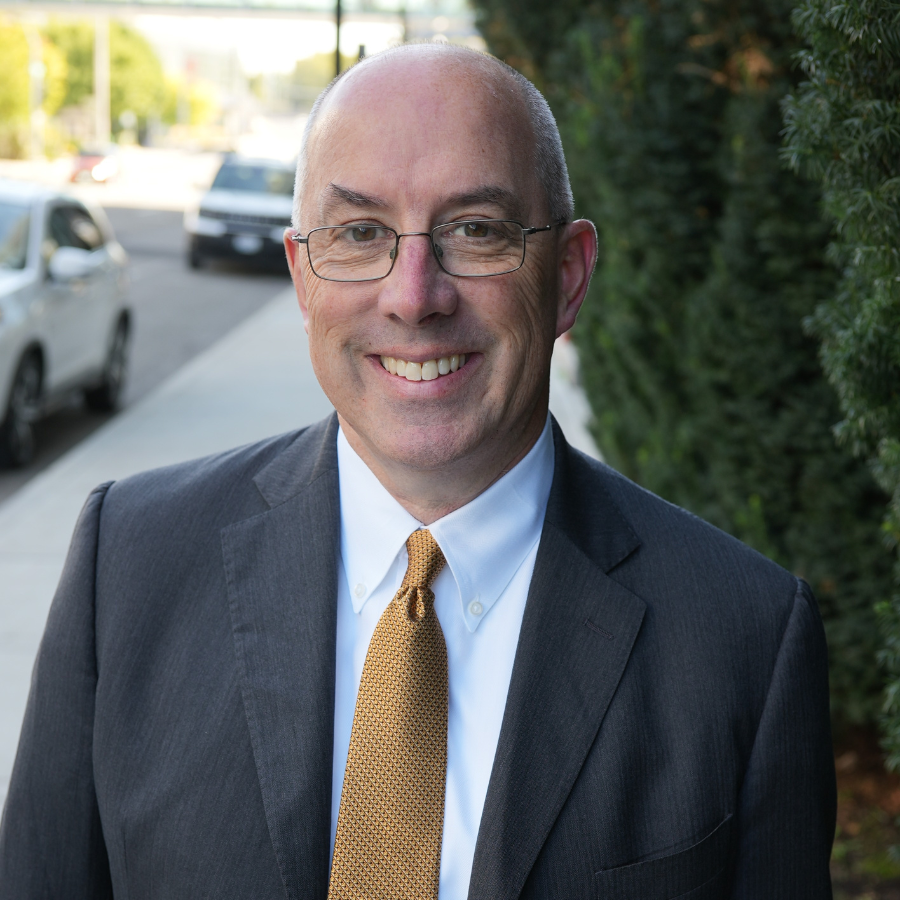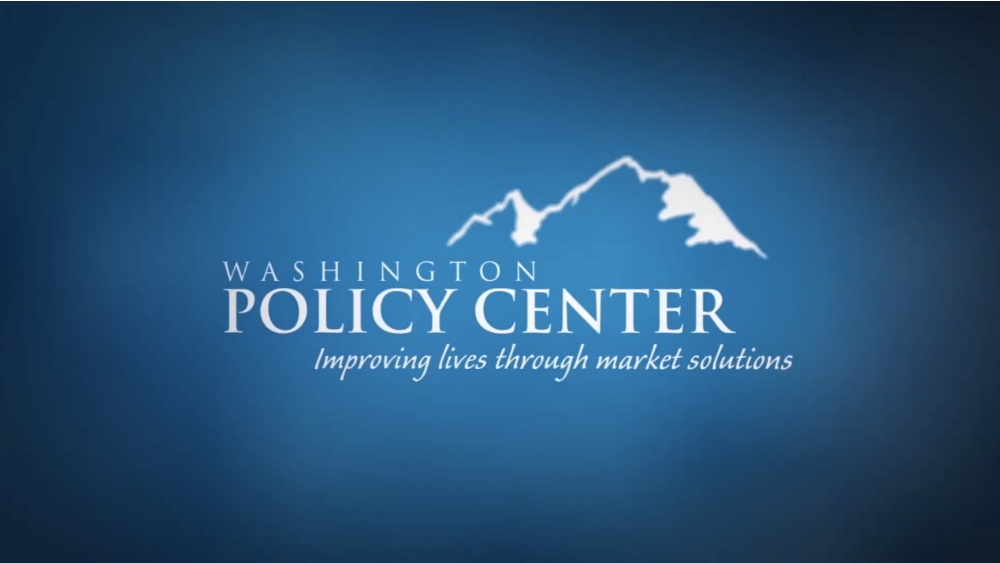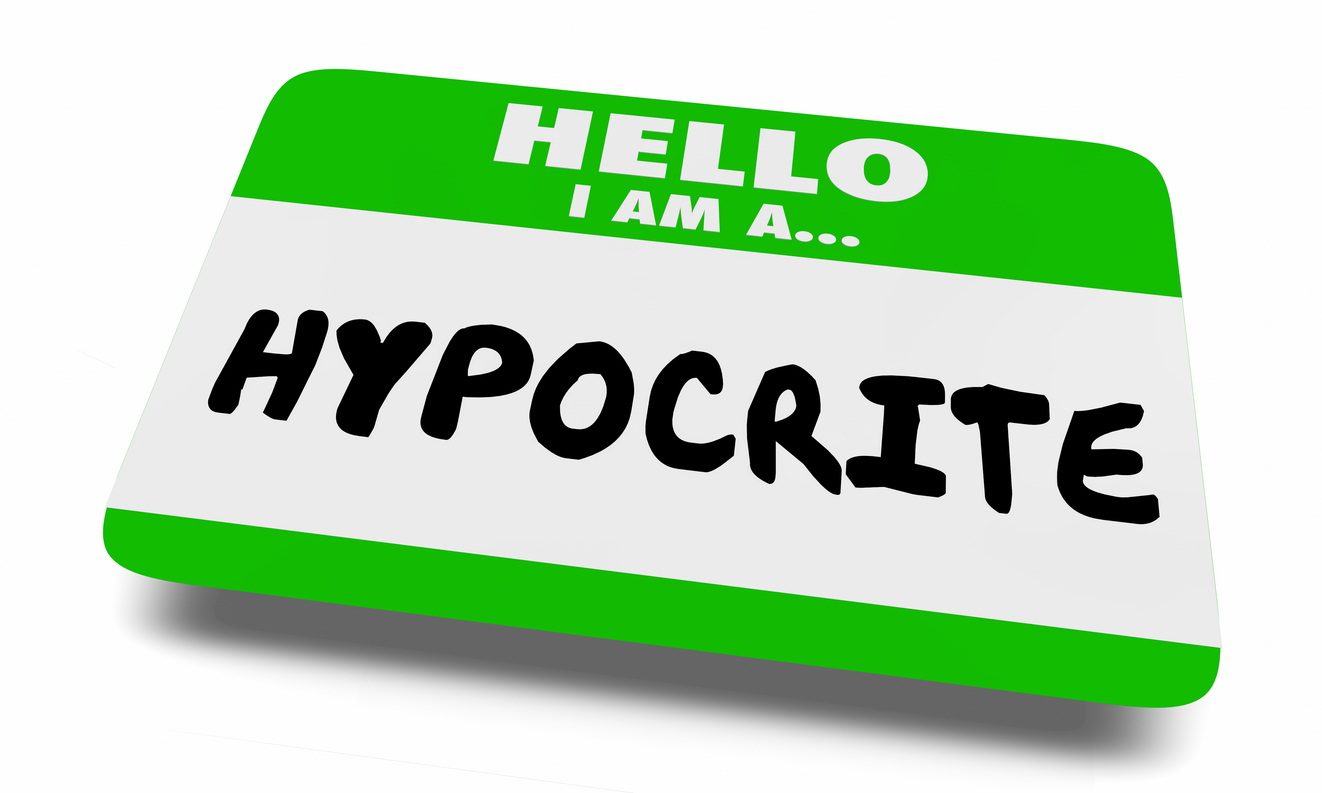Electric vehicles (EVs) accounted for only 12.6 percent of newly registered passenger vehicles sold in Washington state in May. In 2025, only 15.5 percent of newly registered passenger vehicles have been EVs.
These percentages are only slightly higher than 2024, when 14.9 percent of newly registered passenger vehicles were electric vehicles over the same period of time.
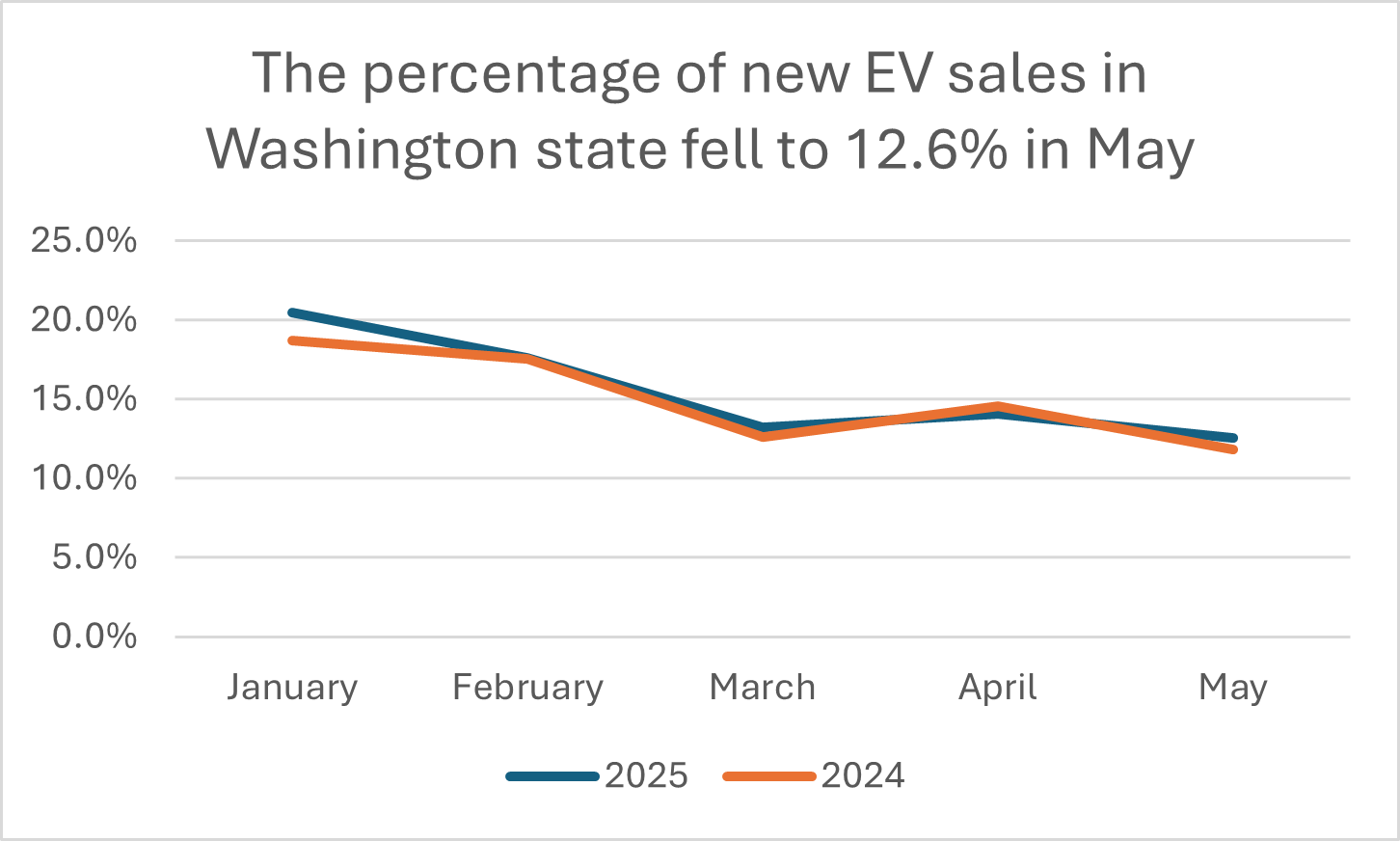 That number is far below the pace necessary to hit the state’s goal that “all publicly owned and privately owned passenger and light duty vehicles of model year 2030 or later that are sold, purchased, or registered in Washington state be electric vehicles.” To achieve that goal, more than 42 percent of new passenger vehicle sales would need to be EVs in 2025. We are currently at only one-third of that pace.
That number is far below the pace necessary to hit the state’s goal that “all publicly owned and privately owned passenger and light duty vehicles of model year 2030 or later that are sold, purchased, or registered in Washington state be electric vehicles.” To achieve that goal, more than 42 percent of new passenger vehicle sales would need to be EVs in 2025. We are currently at only one-third of that pace.
Washington state is spending tens of millions to install EV charging stations. The 2025-27 Capital Budget includes $23 million for “Community EV charging” stations. Washington’s CO2 tax, known as the Climate Commitment Act (CCA) is also designed to increase gas prices and provide an incentive to buy EVs. Washington also has a low-carbon fuel standard which pays for the installation of EV charging stations. Despite multiple duplicative programs, EV sales are stalled and the environmental benefit is essentially zero since they simply replicate other existing programs and restrictions at additional cost.
Our study earlier this year found that the state’s $45 million subsidy to purchase EVs yielded a reduction in CO2 emissions of 0.03 percent. That is an incredible waste of taxpayer money that could have gone to reduce the tax burden on Washington families or used to help address other environmental challenges like salmon recovery or forest health.
Fortunately, President Trump signed legislation rescinding California’s – and by extension, Washington’s – EV mandate that was set to kick in next year. Washington was nowhere close to meeting the goals, even with all the subsidies.
Electric vehicles can be part of Washington’s strategy to reduce greenhouse gas emissions, but the current approach is wasteful and ineffective. Legislators and the governor need to stop trying to make “fetch” happen and focus on programs that are more responsible and effective.

